Bob Landis is regarded as one of the pioneers of the deal origination role. Twenty years ago he helped to define the position, along with fellow luminaries Jay Jester of Audax, Mark Jones of River Associates, Ted Kramer of HKW, Glen Oken of Mangrove Equity Partners, and Gretchen Perkins of Avance Investment Management.
So it’s surprising that these days Landis, founding partner for origination at lower-mid-market investor The Riverside Company, spends a good portion of his time not on deal sourcing but on creating a consistent exit process across the firm’s nine fund families.
Why develop an exit function within the origination team? Landis explained that in any given year The Riverside Company might sell 10 to 20 companies. Those sales produce millions of dollars in fees for the same investment banks who are in a position to show The Riverside Company fresh deals.
It’s important, said Landis, that someone be dedicated to making sure that both the fees are reasonable and that key questions get addressed. Among them: Should the investment bank involved in the original transaction be rewarded with the opportunity to sell the company a second time? What if they’re not the right fit anymore? Should they still get a piece of the action?
Landis and his three person-team, including Senior Associate Sarah Hammer and Platform Manager and Origination Coordinator Stephanie Barbera, ensure that the exit process is handled consistently all the way up to a signed engagement letter.
“You always invite the person who brung you to the dance—the investment bank that sold us the company, unless they’ve either folded or they’ve just been totally neglectful,” said Landis. “It’s just common sense,” he added. The original investment bank “knew the company and if they’ve been diligent in following it for three to five years or more, why not give them a second chance to sell it for us?”
Landis, who served as a major in the U.S. Army before rising through the ranks as an investment banker during a 18-year stint at Deutsche Bank, joined The Riverside Company in February 2002 as its 23rd employee. He went on to build one of the industry’s largest, most prolific origination teams before handing over the reins to successor Jeremy Holland almost four years ago. The Source caught up late last month with Landis for four quick questions.
How has The Riverside Company changed since you joined?
When I joined The Riverside Company they had one North American fund family, and we had 12 or 15 active companies in the portfolio. As of March 1 of this year, we had more than 300 employees, total assets under management of $14 billion, and we have a current portfolio count of 141 companies across nine fund families, including funds earmarked for control investments in Asia and Europe. Of those 141, about 79 are private equity deals and the rest are from structured capital investments. The structured capital funds include a debt fund; a non-control equity fund; and a SaaS based technology lending fund with repayments based on a percentage of revenue. All told we have sold or realized more than 210 investments since our founding in 1988.
How big is your deal sourcing operation today?
There are 16 of us on the North American team. We also have 8 deal originators in Europe. In Asia, we have several originators but they also wear multiple hats.
Why does it make sense to have to have an exit function inside deal origination?
Most private equity firms are linear. The investor relations team goes out and raises the money. The origination team finds the deals. The investment professionals live with the deal for the next three, five, seven or 10 years. And then those same investment professionals, or sometimes the attorneys, run the exit process. But at The Riverside Company our process is more circular. We asked ourselves, ‘Who knows the investment bankers the best? Who’s out talking to company owners and professionals at other PE firms? Who has a consistent finger on the pulse of deal terms, fee structures and deal pricing?’ It’s the originators. Riverside’s circular process has origination at the acquisition phase of the process and also leads the exit process up to and including negotiations of the engagement letters during the purchase/ sale cycle. We help ensure that all parties in the purchase and exit process succeed. Our model as a firm is to ‘leave good references in our wake.’ If we do it right, investment banks will want to deal with us again.
What was the most memorable transaction that you found for The Riverside Company?
I developed a relationship with Chris Gebelein, a Chicago investment banker who had been a vice president of business development at BorgWarner and who seemed to know all the key corporate development officers. Some of the best deals we ever found were from this guy. Back around 2008 he called me about a specialty chemicals company, DuBois Chemicals. The CEO was passionate about the business and its growth prospects but he wasn’t getting any attention from its parent company at the time. He felt like he was dying on the vine. I received the CIM from a small, Boston investment bank handling the deal, and our investment committee turned it down. It just wasn’t in our wheelhouse at the time. When bids were due Chris called me–he knew the seller–and said we were really missing a great opportunity. I went back to one of the investment committee partners and asked for a favor. Talk to the CEO for 15 minutes. Well, they ended up talking for an hour and a half, and the CEO described about 10 actions he would take under new ownership, including making far better use of the company’s production capacity. After acquiring the company we did six or seven add-ons and had a successful 2012 sale to Aurora Capital. That one was memorable because of how we got the deal even after being rejected by the investment committee—and because five years later we took a stake in the same company, alongside The Jordan Company, through our non-control fund.

